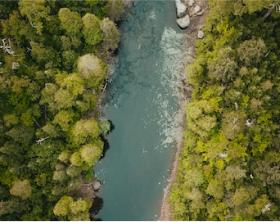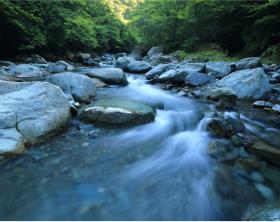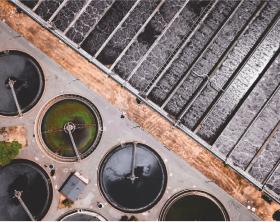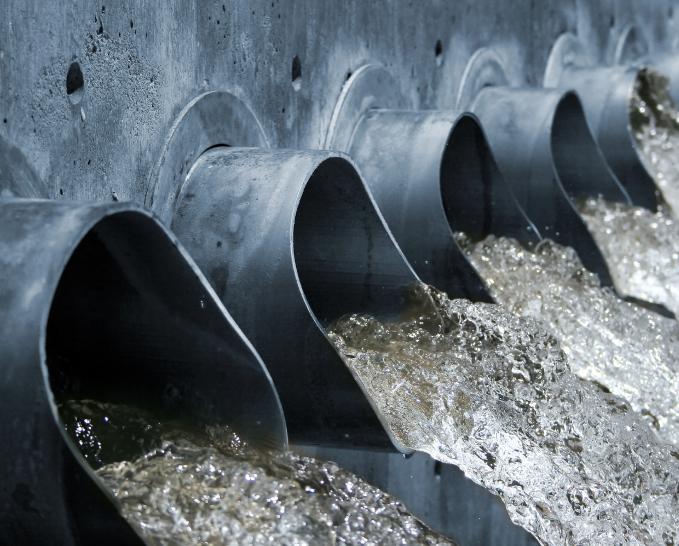Products
DropletSens™
Nitrate/Nitrite Probe
Real-time, high-frequency, lab-quality nitrate/nitrate monitoring.
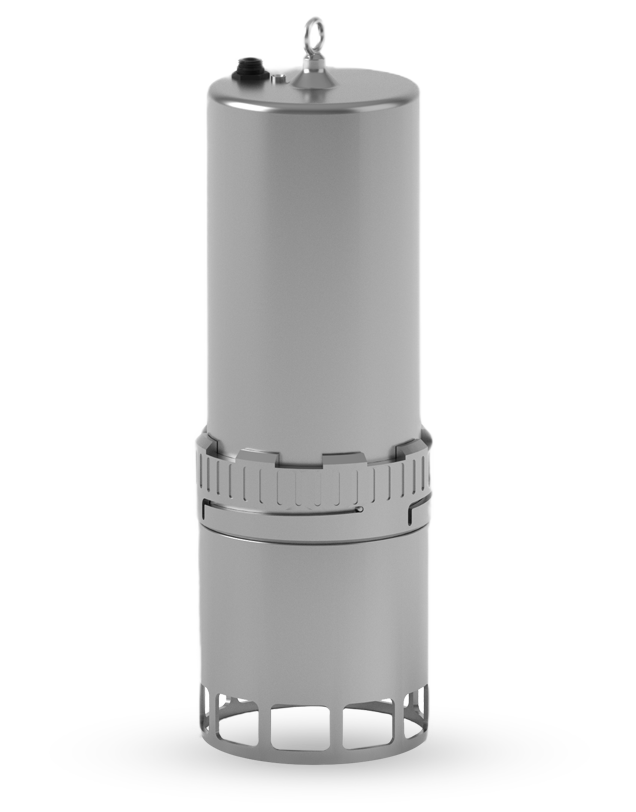
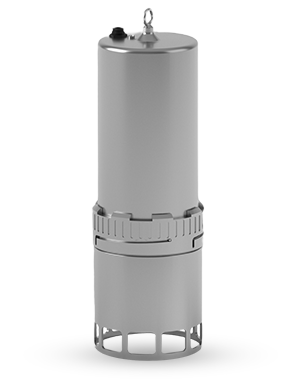
Features
- Based on established Griess test
- Nitrate and nitrite determined autonomously in series
- Fully quantitative
- On-device standard for performance QC
Specifications
Analytical
- Range
-
0 - 100 mg/L NO3
0 - 75 mg/L NO2 - Detection Limit
-
0.19 mg/L NO3
0.14 mg/L NO2 - Measurement Frequency
-
up to every 10 seconds
default setting is every 15 min
Operational
- Temperature range
- 0 - 35 °C
- Maximum deployment depth
- 1 m
-
Power consumption** for continuous use measuring every 15 min
- 1.5 W
Physical
- Height
- 400 mm
- Width
- 150 mm
- Weight
- 8.2 kg
Communications
- Connectivity
- RS232/RS485, Modbus, Bluetooth, SCADA compatible
- Data output
- Remote streaming
Maintenance
- Reagent change after 3 months if in continuous use
- Required inlet filter change frequency depends on application; typically 3 months for environmental applications (turbidity ≤250 NTU)
Applications
Rivers & Streams, Coastal, Agriculture, Aquaculture, Industrial, Environmental Monitoring, Estuary Monitoring, Catchment Monitoring, Effluent Monitoring, Nutrient Mapping, Nutrient Recovery, Nutrient Trading, Nature-Based Solutions Effectiveness Monitoring.

Why nitrate and nitrite?
Monitoring nitrate and nitrite in surface waters allows early spotting of increased levels for spillage investigations and for guiding remedial actions, including nature based solutions. Inside wastewater treatment plants nitrate and nitrite levels can be measured for improved process control (nitrification and denitrification) and effluent discharge monitoring.
Nitrate and nitrite are both part of the nitrogen cycle. In surface water ammonium is typically oxidised via nitrite to nitrate, which is more stable. Main contributing sources are agricultural fertiliser and manure run-off as well as discharged sewage. High levels of nitrate can cause excessive algae growth and eutrophication in lakes, estuaries and coastal waters, with damaging effect on local aquatic life. In drinking water, nitrate levels ≤ 10 mg/L are typically targeted, to avoid blue baby syndrome and other potentially adverse health effects on humans.


Monitoring Solutions
We offer the following solutions for monitoring nitrate and nitrite:
Fully autonomous SWS sensor probes with own battery, connectivity and user interface.
Third party static, floatable & moveable integrated solutions.
